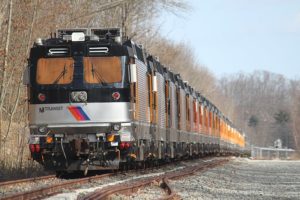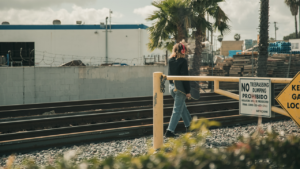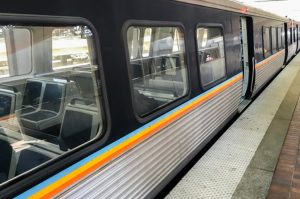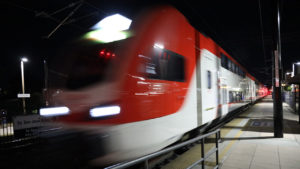Special Report—On the Front Line: While COVID-19 kills ridership, BART finds construction work therapeutic
Written by RT&S Staff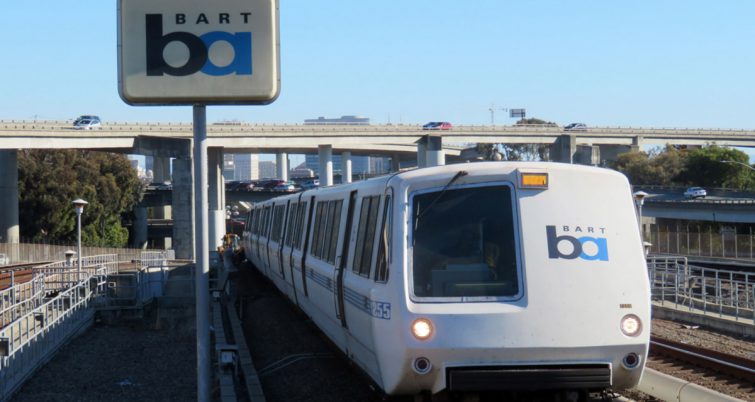
Bay Area Rapid Transit (BART) was almost at the top of the mountain. COVID-19 then jumped on it like a mountain lion. The fall over the last month has been great, but BART is making the best out of an historic low.
As February came to a close, BART, which uses 60 percent of fares on its operating budget, was $12 million away from filling a hole that was as deep as $30 million not that long ago. It was supposed to be a crowning moment. Then March hit, as did COVID-19. The drop was fast. At the beginning of March BART saw just a 10 percent dip in ridership. Then when companies began telling their workers to work from home the commute decline went to 60 percent. During the third week of March, when California was put under shelter-in-place orders, the negative number went to over 80 percent. On March 23 it reached 92 percent.
“Imagine losing 92 percent of your riders in a three-week period?” Alicia Trost, chief communications officer for BART, asked RT&S. “It is devastating for BART’s budget and for staff. Even trying to land our current budget hole was going to be difficult, and now we are facing a much more dire situation.”
However, BART is not going to just lie down and let COVID-19 walk all over it. Construction projects are still buzzing along, and BART has moved employees involved in operating work over to the jobsite. The transplanted workers are helping to build rail and replace cables that power the trains. They are even shoring up tunnels in downtown San Francisco.
“All of this work had been on a certain timeline and now we can start actually putting more labor into it quicker,” said Trost. “They still have to maintain social distancing, so that has complicated part of it, but we are going to find a way because what a better time to get some of this work done then when you have record low ridership? And it helps our operating budget by doing so.”
As of March 25, BART had been running on a shortened schedule, closing at 9 p.m. instead of midnight, which impacted about 2,000 riders. Instead of opening at 6 a.m. on Saturdays, the new COVID-19 time is 8 a.m. The schedule change is allowing BART to devote even more time to construction activities.
Washington lawmakers passed a $2 trillion stimulus package a few days ago, and $25 billion is tabbed to go to transit agencies across the country. California should get around $1.3 billion, and the Metropolitan Transportation Commission will come up with a formula to determine amounts for each agency. In late March BART had $50 million in reserves, but that money is expected to dissolve quickly.
“We know it is not going to fill the entire revenue loss. There is just no way we are ever going to get that level of money. But it is a great first step and a great down payment to know we are not going to have to shut the trains down in two months,” said Trost.
For the latest news, go to www.rtands.com.


